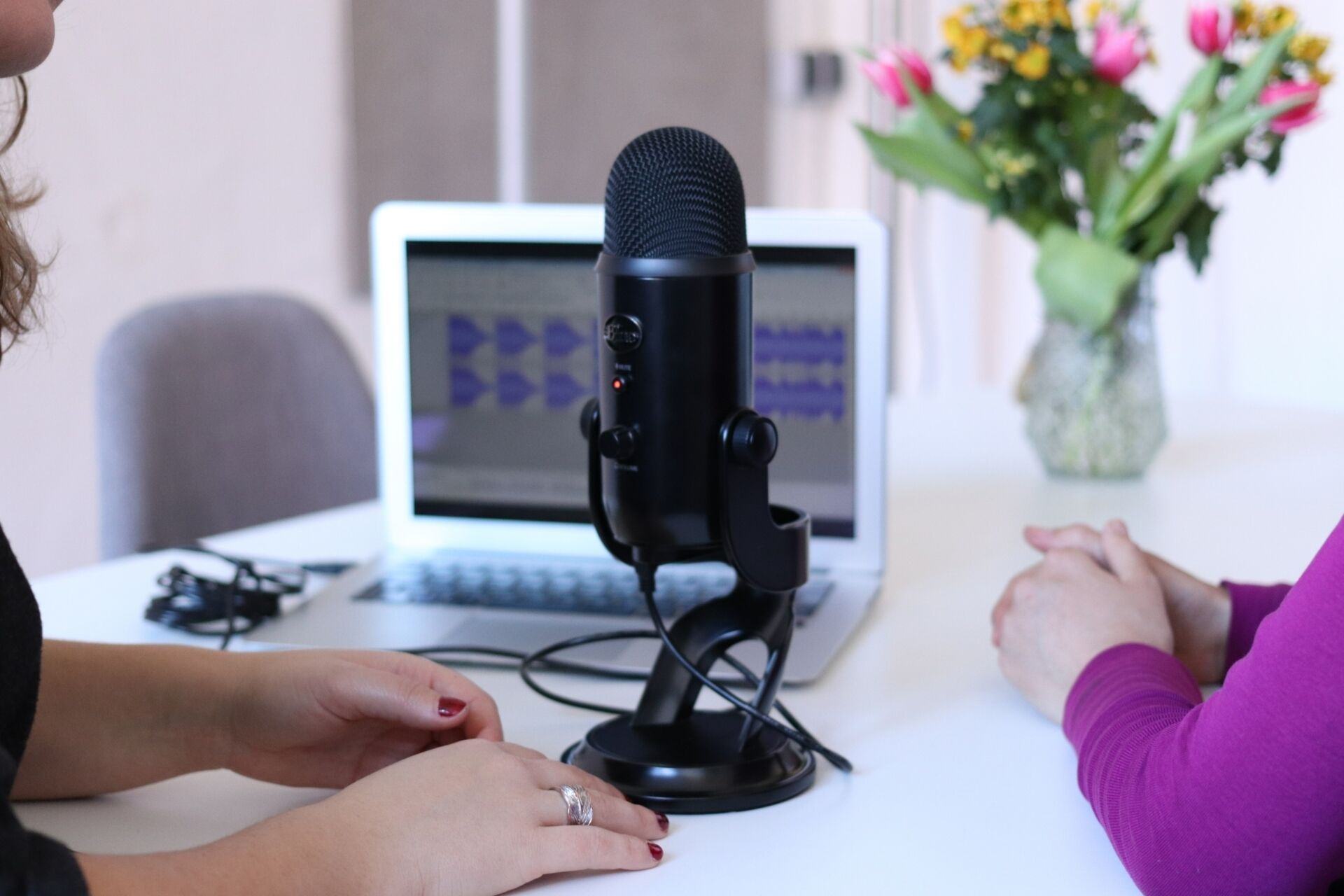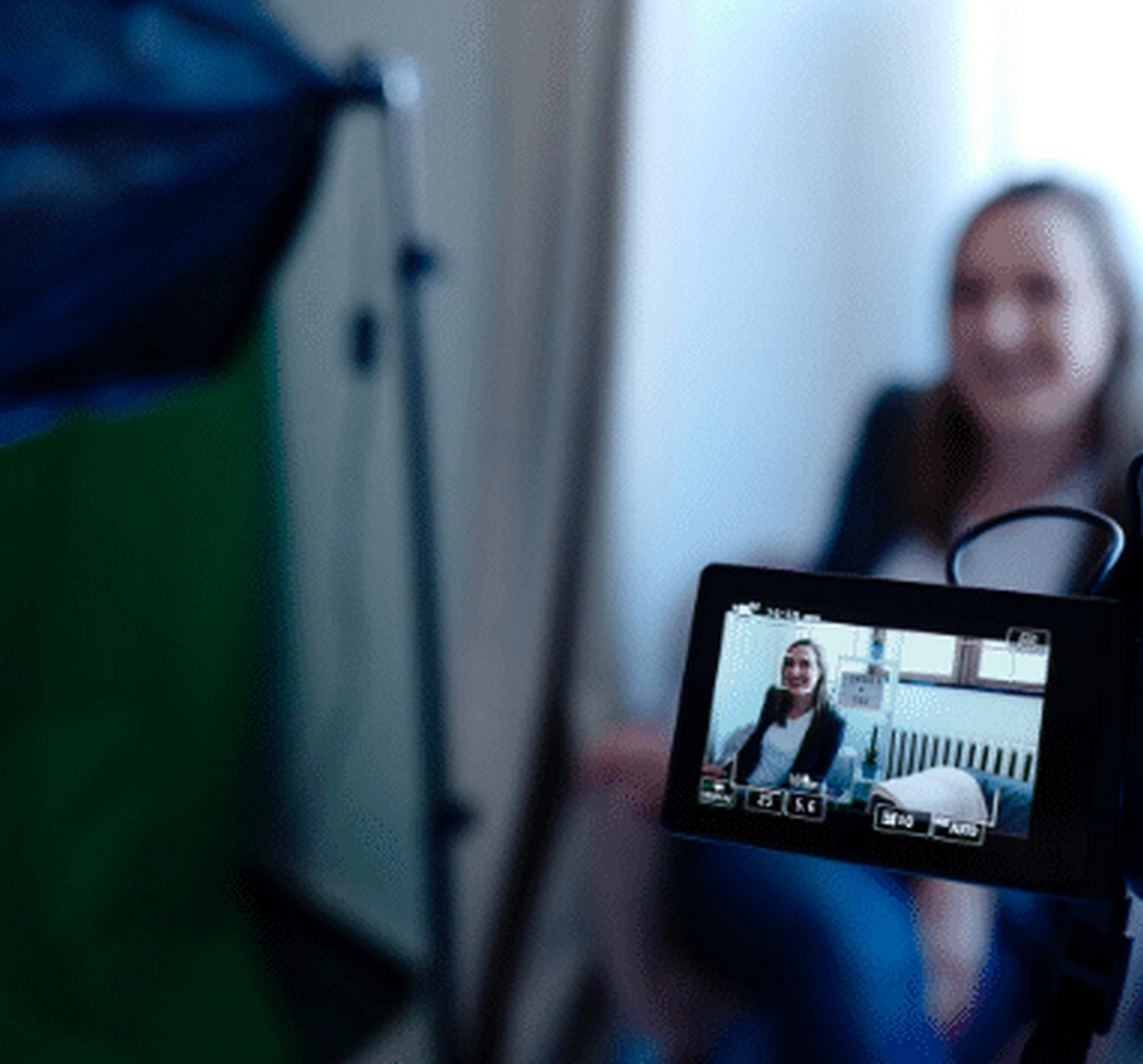Live streaming, webinars and virtual events provide many benefits for organisations including:
- Increasing engagement with target audiences
- Generating communities on social media
- Raising the profile of your organisation by showcasing expertise and skills
- Providing opportunities for furloughed staff to boost their skills
Users are four times more likely to watch live streams than recorded videos. They might tune in, but most importantly you want them to stay.
As with all social media content, you need to be adding value to your audience’s timeline using authentic and insightful content. Something that will encourage them to stop what they’re doing and get involved with what you’re doing, as you’re doing it.
Whatever platform you are using, here are some top tips for live streaming success…
Getting started: resources
Before you do anything, make sure you have:
- Access to your company’s social media page
- A recording device (camera and audio)
- A strong, reliable internet connection
- A good place to record – make sure you won’t be interrupted by traffic noise or Amazon deliveries. Try to find a background in keeping with what you’re talking about. That can be hard at the moment, so at the very least make sure you’re filming without a distracting or messy background.

Preparing for a live stream
Once you have your equipment set up, get yourself and your content ready to go. Here’s a checklist of things to run through:
Plan your content
Don’t write a full script because the idea of a live stream is that it isn’t a polished, corporate video. Make notes about the main points and key sub points you want to get across.
Equally, you don’t want to be waffling on, so also give yourself some rough timings to keep things moving at a nice pace. Facebook recommends you live stream for at least 10 minutes so that you give people enough time to engage with the video.
Practise, practise, practise!
Once you’ve got an idea of what you’re going to cover, practise running through it as if you were live. Use your notes to make sure you’ve written the right prompts, and jot down any additional information that will help you during the live stream.
Speak slowly and clearly, be extra enthusiastic – you might feel a bit over-the-top, but it will come across better on the live stream.
Timing
Will you be doing lots of live streams going forward? If you’re looking to do this regularly, try to stick to the same day/time so that people know when to expect you.
And of course, most importantly, promote your live stream
There’s little point doing a live stream if no-one is watching. Here are some easy ways to let people know about the live stream:
- Promote on all social media platforms. Even though the live stream will be on just one of the social media channels, make sure you utilise your other social media channels to drive people to the page. Ask staff to share on their LinkedIn to make the most of their connections.
- Add a link to the live stream to your email signature.
- Send an email to personal contacts and include in the company newsletter to let people know about the date and time of the live stream.
Common pitfalls
Make sure you’ve also planned for the following so that you don’t fall victim to one of these live stream killers:
- Bad audio, video and internet connection – they say a bad workman blames his tools but in this case it is true. It you’ve not got quality visuals or sound, it doesn’t matter what you’re saying because the message won’t be coming through clearly enough; and what do people do when they can’t hear or see your properly? They’ll move on.
- Clashing with big events – check to make sure nothing else that may pinch your viewers is happening.
During a live stream
Once you go live, it isn’t just a case of running through your planned points like a presentation. The benefit of a live stream is that your audience gets to engage with your organisation on a more human level. This engagement is key, so remember to do the following once you are live:
Engage with your audience
Address comments as they pop up. It’s ok to tell the people watching that you’re going to check the comments now and answer any questions. It will buy you some time as you skim through. If there aren’t questions, acknowledge comments and thank people for getting involved.
If people are joining during the live stream, say hello to the people just joining (just generally, you don’t have to address every individual) and give them a really quick recap of what they’ve missed so far.
Deliver your call to action
What do you want your audience to do next? Tell them what to do once the video is finished. Download a guide, come back for the next live stream, comment below – whatever it is, be clear and make it easy for them to achieve by giving them the relevant information in the video description or in the comments underneath.

Getting extra mileage from your live stream
The live stream is over, but now you have a video full of lots of useful information ready to go. Here’s some ways you can use your video to make additional content and drive further engagement.
Add subtitles
Most platforms will automatically generate a video that you can go back to edit. Add subtitles to the video to make it more accessible to all audience members, and also so that people can watch the video without sound.
Pair with a blog or piece of additional content
If you have lots to say on a particular topic, keep the live stream short but sign-post people to further information on your website. Give top-level information in the live stream (but still insightful and relevant) to keep the video moving at a good pace. This will also help to drive traffic to your website.
Engage with your audience post-stream
If you didn’t get the chance to respond to any comments during the live stream, go back and engage with them afterwards. This needs to be done fairly quickly after the live stream has ended so that the audience feels acknowledged and valued. Thank them for their comment, answer any questions and also use this as another opportunity to remind them of the next live stream.
Email your contacts
Let them know that if they missed the live stream they can watch it back and also use it as an opportunity to tell them about the next one.
Ideas for live streaming
If you like the idea of live streaming, but aren’t sure where to start, here are some creative ways to incorporate live streams into your strategy.
Launches
Have you written a new guide or are you launching a new product? Before it goes out to wider press, invite your audience to get an exclusive look.
If it is a new guide or piece of research, get the author to give some insight into why the guide was put together, what people will get from downloading it and a taster of what they can expect (without giving the good stuff away!)
This could also be done as a Q&A session once the launch has happened.
Behind the scenes tours
If you’re offices are closed due to coronavirus, you can use this opportunity to show your audience your training facilities or showroom. Have one of the sales or technical team talk to the audience, telling them interesting facts and encouraging them to ask questions.
Filming of a podcast
Double up on your marketing efforts by filming a podcast (or part of it) and live streaming it. People that watch will get a preview of the podcast which gives them an extra reason to tune in.
Take the leap
Most importantly, take the leap. Delivering your first live stream may be daunting at first, but as with presenting to an audience in the room, with preparation and practice it becomes easier.
If you want more platform-specific advice about live streaming, take a look at our guides on live streaming with Facebook here and live streaming with LinkedIn here.
Do you have a project you want to talk to us about?
LMC is a PR and communications consultancy on a mission to help our clients change the construction, property and built environment sectors for the better.
Using our specialist knowledge and skills, we help clients to achieve their change agenda, building their reputation and profile around the topics that matter most.
If you need help to meet your ambitions and make a difference, please get in touch for an informal discussion about how we can help.
